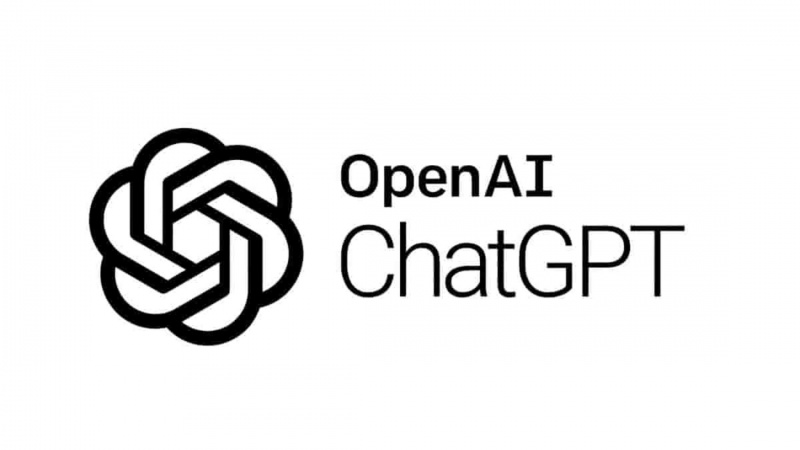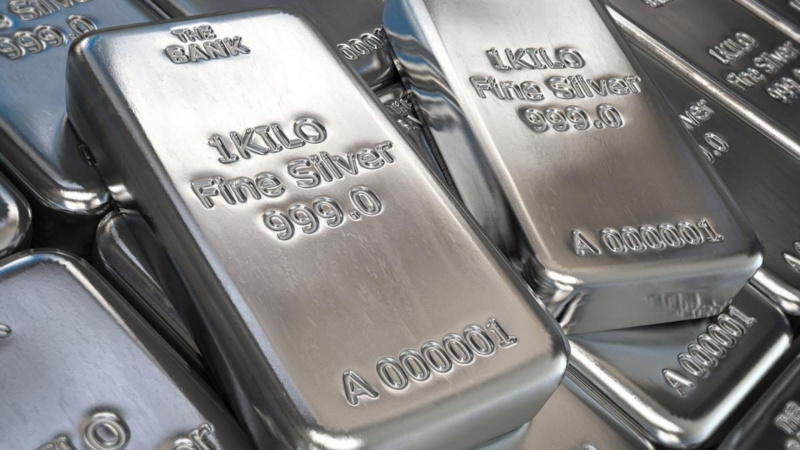What lies ahead for the Indian economy in 2019?
Economic series can never be finished away with, that is why in spite of untiring determinations great times waste away. Depressions follow rises like night fol
- by Supriti Chatterjee 2019-10-07 07:32:19
Even though the Indian economy and policy improvements have taken a careful approach with the 2019 LokSabha elections upcoming, political parties are gearing up to attack at each other’s activities and philosophies. With every election that approaches with a new set of potentials and with these potentials come prospects. On the other hand, hands-on accessibility, promises, and prospects have not often found symmetry.
Economic series can never be finished away with, that is why in spite of untiring determinations great times waste away. Depressions follow rises like night follows day, therefore we require to accurately explore cause and significances to induce the coming future and quality performance.
You Might Also Like To Read The Goldman Sachs Group: India CEO Expects Merger Rush to Extend in 2019
The 2008 downturn was a game-altering event, and it is critical that we are careful when comparing the thrifts of two times. Increase in technical productivities, drop in population development and lengthy movable financial rules have elevated the potentials of seeing the “new normal” and reviewing targets.
After the downturn, each chief established economy radically reduced their temporary interest rates to stand the stoppage. The US Federal Reserve, for example, cut the federal capitals amount and the effective rate reduced from ~5.25% in July 2007 to ~0.15% by end of 2008. Other central banks noticed get-up by keeping the interest rates adjacent to zero percent levels and any more supply was assisted with the measurable facilitation.
India, alternatively, was going through from high price rises and has therefore had one of the major interest rates levels in the post-downturn period. Although the advanced world improved at an unparalleled slow rate excluding the US, stockholders found low-priced credit and found paradise in the developing world. Therefore, currency and the current account deficit (CAD) continued steady, which made it quite easier to service obligation and import oil. The oil price fall made the party more thought-provoking to stay.
However, the longer the party, the longer the after-effect
Many things are now improved after 2016 when the Fed looked solid print in the economy and rather benign geopolitical peril. They have taken the decision to make a strategy change and allow the markets steadily price in the climbing cycle. At the beginning of 2016, the joblessness rate was at 5%, although business self-confidence was high, which is when it decided to go into the “hawkish” mood.
Post the alteration in fiscal attitude, lessening in the spread of interest rates between the evolving and developed world, likely transformation in tax establishments and a robust economic viewpoint, stakeholders began flying to secure harbor economies. This accompanied by retrieval in oil values resulted in the denigrating rupee and upsetting CAD levels, which is partially the aim of rupee being repressed to an unprecedented low at present. The cancellation of the Iran nuclear deal occasioned in an augmented expectation of approvals, and lower list levels in several oil manufacturing nations specify bullish oil signals. With oil being price rigid for India, the query is this: what is going to be the influence on India’s shortfall and what is the future of the rupee? First and foremost, should we keep drawing fulfillment from untenable growth levels that are susceptible to exogenous surprises?
Time will explain, but the coming future looks inexact, an economic attribute which stakeholders don’t elaborate.
The RBI has a small room for more lodging, especially when it has just begun concentrating on the climbing cycle and drawing some fluidity out of the scheme. Following its August fiscal policy meet, the RBI went for end-to-end repo rate growths, the first time from the time of October 2013. But where will spending approach from at a time when the economy is recuperating from two main causes of a drop in demand, demonetization and the execution of GST?
All banks are extra-careful in sanctioning loans due to augmented inspection by the government, and correctly. The growing strained properties and latest deceptions have missing banks in a prickly space, making finance organization plans a challenging task and therefore decreased spending. With growing interest rates and the dropping rupee, it becomes more costly for the government to increase capital nationally and overseas.
There is a grey coating, though. The price conflict between the US and China has been terrible for evolving markets in a previously funds-escaping atmosphere. The Indian export market has a great opportunity to win some market share at a time when the rupee is economical. The surge in exports might offer some counterweighing belongings to maximum import bills subsequent from enhanced oil prices, and assist to alleviate the shortfall.
Coming government will take responsibility in a less than perfect economic atmosphere and will have noteworthy experiments to take the economy back into the even zone, allow only a double-digit growth percentage. Markets have valued in two more rate growth by the Fed this year and the economic print in the advanced world by the end of this year will be the main reason direction-finding the Indian economy in 2019.

POPULAR POSTS
Loan EMIs to Drop as RBI Slashes Repo Rate - Full MPC December 2025 Highlights
by Shan, 2025-12-05 11:49:44
Zoho Mail vs Gmail (2025): Which Email Platform Is Best for Businesses, Startups, and Students?
by Shan, 2025-10-09 12:17:26
PM Modi Launches GST Bachat Utsav: Lower Taxes, More Savings for Every Indian Household
by Shan, 2025-09-24 12:20:59
$100K H-1B Visa Fee Explained: Trump’s New Rule, Clarifications & Impact on Indian Tech Workers
by Shan, 2025-09-22 10:11:03
India-US Trade Deal Soon? Chief US Negotiator Arrives in Delhi as Talks Set to Begin Tomorrow
by Shan, 2025-09-15 11:54:28
Modi Meets Xi: Trump’s Tariffs, Strategic Autonomy, and the Future of Asia’s Power Balance
by Shan, 2025-09-03 06:40:06
Google Claims Gemini AI Uses Just ‘Five Drops of Water’ Per Prompt, Sparks Debate
by Shan, 2025-08-22 12:34:27
RECENTLY PUBLISHED

Pine Labs IPO 2025: Listing Date, Grey Market Premium, and Expert Outlook
- by Shan, 2025-11-05 09:57:07

The Agentic Revolution: Why Salesforce Is Betting Its Future on AI Agents
- by Shan, 2025-11-05 10:29:23

Top 10 Insurance Companies in India 2026: Life, Health, and General Insurance Leaders Explained
- by Shan, 2025-10-30 10:06:42

OpenAI Offers ChatGPT Go Free in India: What’s Behind This Big AI Giveaway?
- by Shan, 2025-10-28 12:19:11

Best Silver Investment Platforms for 2025: From CFDs to Digital Vaults Explained
- by Shan, 2025-10-23 12:22:46





 Subscribe now
Subscribe now 